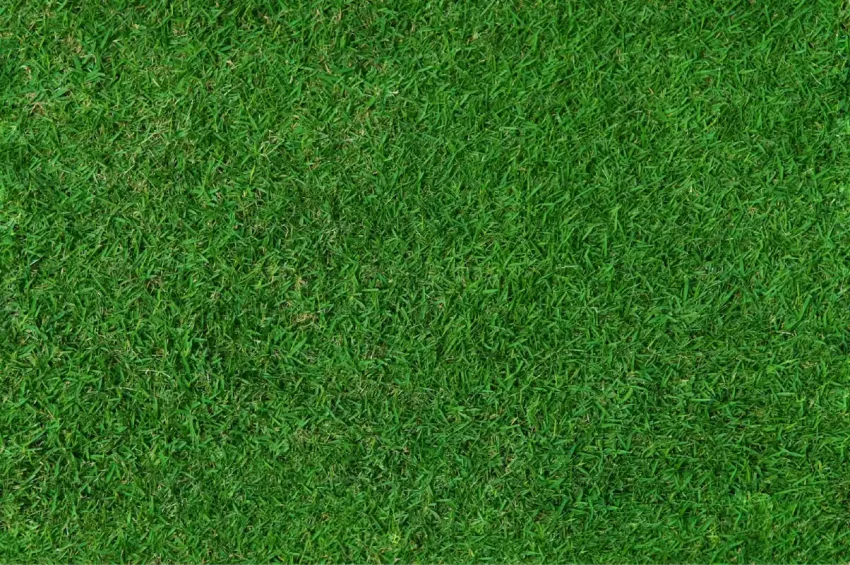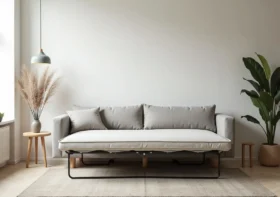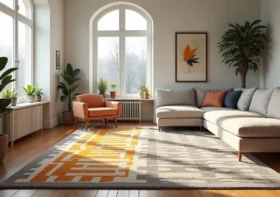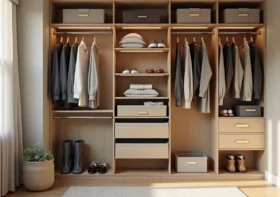Sustainable Landscaping: How Artificial Turf Is Changing the Design Game

In recent years, the landscaping industry has seen a significant shift toward sustainability, with designers and homeowners increasingly looking for ways to create beautiful outdoor spaces that are both eco-friendly and low-maintenance.
One of the most transformative innovations in this field is artificial turf. Once seen as a novelty, synthetic turf has become a mainstream landscaping solution, offering a durable, green, and environmentally conscious alternative to traditional grass.
Artificial turf plays a pivotal role in changing how we approach outdoor design by combining aesthetics with practicality. For those interested in exploring turf options, the Official Turft website is a valuable resource for high-quality artificial turf solutions.
Contents
The Environmental Benefits of Artificial Turf
The upkeep of conventional lawns demands substantial resources such as water, fertilizers, and pesticides. Maintenance techniques produce water loss, environmental contamination, and diminish essential natural elements. The sustainability of artificial turf exists because it removes the necessity to water the grass regularly or to maintain it through mowing and dangerous chemical applications.
The worldwide water shortage and increasing environmental concerns about typical landscaping practices make artificial turf an indispensable solution for modern homeowners and designers who care about the environment.
Artificial turf maintains its performance through environmental resistance, eliminating the need for maintenance tasks and watering, and reducing overall water consumption. This solution dramatically benefits locations with water scarcity problems or experiencing regular drought events.
The absence of fertilizers and pesticides in artificial turf systems prevents soil and water pollution. Homeowners who select artificial turf help create a more ecological planet and reduce environmental impact while saving money on utility expenses.
Durability and Long-Term Savings
The main thing that makes artificial turf attractive for users is its extended lifespan. Artificial turf retains its appearance better than natural grass because it has been engineered to handle heavy footprints and all types of weather conditions, in addition to routine usage.
The material is an excellent answer for permanent solutions in homes and businesses. Artificial turf maintains its pristine visual appearance across the years since it requires no recurring maintenance on residential yards, playgrounds, or sports fields.
Versatility in Design
Artificial turf’s appearance and operational capability have significantly improved throughout the years. Modern synthetic turf provides multiple design choices that replicate natural grass through its various textures, color options, and density levels.
The design versatility of artificial turf allows it to blend perfectly with any aesthetic project, whether you need a green lawn, a rooftop garden, or a children’s play area. This product works effectively in multiple settings, including residential yards, commercial areas, urban park areas, and sports facilities.
Landscape architects and designers have started implementing artificial turf in their projects because this material provides a well-kept, uniform appearance without requiring maintenance work.
Artificial turf proves helpful in locations where natural grass might fail, such as shady environments and poor soil regions, thus increasing its possible applications. The future of landscaping will depend heavily on artificial turf since design trends focus on sustainable outdoor spaces requiring minimal maintenance.
The Future of Artificial Turf in Sustainable Landscaping
Artificial turf will establish itself as a fundamental component of sustainable design because sustainability remains the primary focus of the design world. The rising need for sustainable products has pushed manufacturers to enhance their artificial turf performance while improving their quality standards.
Artificial turf materials designed for recycling and enhanced drainage systems have led to more sustainable and environmentally friendly product versions.
Artificial turf has increased popularity in urban settings since cities seek environmentally friendly solutions that conserve water while requiring minimal upkeep. Integrating green roofs with vertical gardens and urban parks that use artificial turf transforms urban areas into dynamic, sustainable, usable spaces. By evolving these trends, synthetic turf will establish itself as a fundamental part of sustainable design across residential and commercial construction projects.
Conclusion
Artificial turf has revolutionized landscaping through its sustainable, cost-efficient, and visually pleasing solution, replacing traditional natural grass fields. Artificial turf benefits outdoor design by reducing water consumption, eliminating pesticide and fertilizer needs, and delivering durability, collectively building an environmentally friendly future for landscapes.
Developing better technologies and materials ensures artificial turf remains core to sustainable landscaping solutions of the future. The Official Turft website offers a complete selection of top-quality turf materials that allow users to establish stunning, environmentally friendly outdoor areas.



